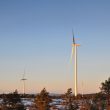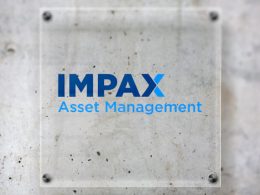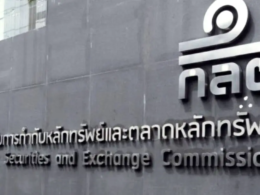The third edition of the European Sustainable Investment Funds Study, produced by ALFI in partnership with Morningstar and Tameo, highlights Europe’s continued dominance in sustainable finance. The region accounts for 85% of global sustainable fund net assets, reaching €2.2 trillion ($2.3 trillion) by the end of 2023. Despite economic uncertainties, sustainable fund assets grew by 20.2% last year, far outpacing conventional fund growth.
European sustainable fund assets rose by 20.2%, now representing 19% of the European investment fund market, compared to 6% in 2019. Meanwhile, net inflows fell to €77 billion ($80 billion), with only €4 billion ($4.2 billion) flowing into active strategies, down from €73 billion ($76 billion) in 2022. Conventional funds saw just €14 billion ($14.6) in inflows, and asset growth lagged at 16.9%.
Only 350 new sustainable funds were launched in 2023, down from 616 in 2022 and 760 in 2021. Reclassification remained balanced, with 251 funds shifting to sustainable classification and 237 reverting to conventional.
Since 2019, the average size of sustainable funds has grown to €416 million ($433 million), compared to €370 million ($385 million) for conventional funds. Larger funds benefit from economies of scale, improving operational efficiency.
The report further highlights that passive sustainable funds expanded their market share from 21% in 2021 to 29% in 2023, with a 38.8% growth rate, significantly outpacing the 14% growth in active strategies. This trend mirrors the shift towards passive strategies in conventional funds.
The top five investment managers control 26% of sustainable fund net assets, compared to 21% in conventional funds. Luxembourg remains the dominant hub, hosting 34% of sustainable fund assets, while Ireland’s top five passive fund managers control 75% of total net assets in that segment.
Despite a 31% compound annual growth rate (CAGR) since 2019, impact funds accounted for only 18% of net assets in sustainable funds by the end of 2023, down from 27% in 2021. Demand for impact investing has slowed, mirroring trends in overall sustainable fund flows.
58% of sustainable funds are classified as Article 8, while 4% fall under Article 9. These figures remained unchanged from 2022, while Article 6 funds increased to 39%, up 1% year-on-year. Sustainable ETFs now hold a larger market share than conventional ETFs for the first time, at 15% versus 14%.
Global sustainable fund assets reached €2.6 trillion ($2.7 trillion) by the end of 2023, an increase of €1.5 trillion ($1.6 trillion) since 2019. After rapid growth in 2020 (42%) and 2021 (88%), the market slowed to 3% growth in 2022, reflecting wider challenges in asset management. However, 2023 saw a 19% rebound, underscoring the resilience of sustainable investing despite economic headwinds.
Britta Borneff, Chief Marketing Officer at ALFI, stated that Europe’s leadership in sustainable investment funds is driven by strong regulation and investor demand. The study highlights the sector’s growth and resilience, offering insights to support sustainable finance.
Anne Estoppey, Research Analyst at Tameo, emphasised the need for continuous market analysis to track trends and compare sustainable and conventional fund strategies, providing valuable data for investors and policymakers.



















